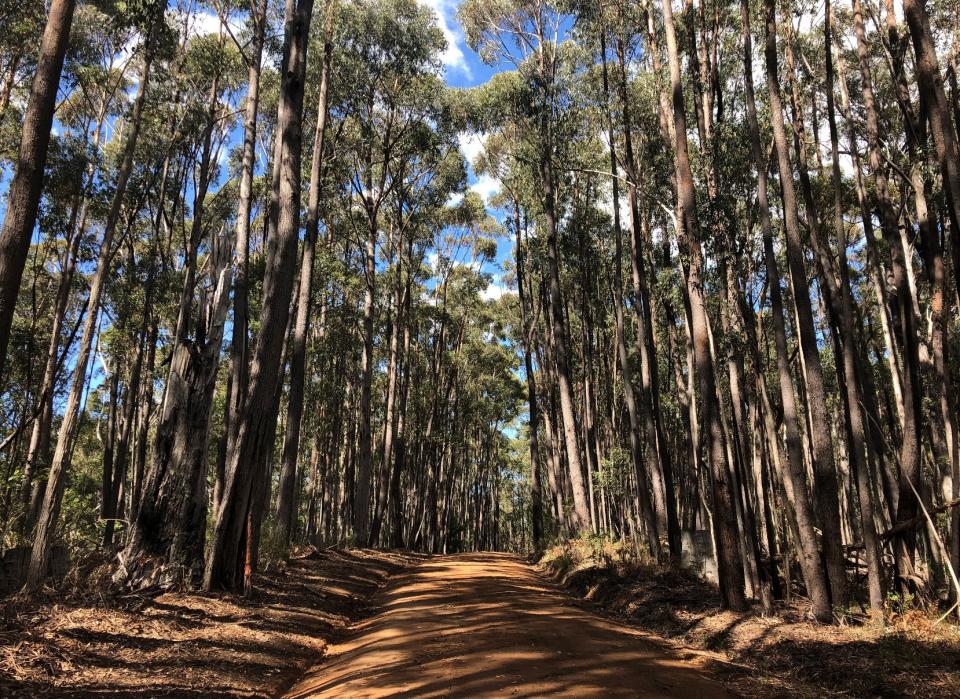
PUBLICATIONS
Published works

Optimisation of fuel reduction burning regimes for fuel reduction, carbon, water and vegetation outcomes: annual report 2019-2020
| Title | Optimisation of fuel reduction burning regimes for fuel reduction, carbon, water and vegetation outcomes: annual report 2019-2020 |
| Publication Type | Report |
| Year of Publication | 2020 |
| Authors | Bell, T |
| Document Number | 606 |
| Date Published | 09/2020 |
| Institution | Bushfire and Natural Hazards CRC |
| City | Melbourne |
| Report Number | 606 |
| Keywords | burning regimes, carbon, fuel reduction, vegetation, water |
| Abstract | We have made good progress over the past 12 months and have completed a number of milestones. Fieldwork and analysis of associated samples has ben completed and the data sets generated have formed the basis of our modelling efforts. Research has included: (i) landscape-scale modelling of the effect of prescribed burning on evapotranspiration as the main driver for water use by vegetation; (ii) calibration and testing of FullCAM, a process-based model that can track carbon pools in forests systems, that we have shown is sensitive enough to integrate changes due to prescribed burning; (iii) testing of a fine fuel model that can be used to determine changes in biomass (fuel load) and carbon content in surface fuels without laborious sample collection and analysis; and (iv) use of near infrared spectroscopy to determine fire intensity and severity. Modelling using FullCAM and the fine fuel model are tools that have very good potential to be adopted by end-user agencies when required to report on carbon emissions resulting from their efforts to manage fuels. For example, the fine fuel model is an easy-to-use tool that can be used as a guide for estimating potential for carbon loss due to prescribed burning. Our recent advances with near infrared spectroscopy of fire residues suggests that the next steps will be to move from a laboratory setting to the field to test the efficacy of hand-held devices. The potential to develop a simple, yet accurate method for determining fire intensity would aid in ground-truthing of fires to replace current methods that are mostly subjective. Reporting on our progress has taken the form of milestone reports (draft reports and Technical Reports), bi-monthly newsletters directed towards our end-users, and presentations for local, national and international audiences. We have endeavoured to meet regularly with our primary end-user and have continued collaborations with research groups such as CSIRO and local land managers from NSW National Parks and Wildlife Service. As our project ends, we will produce a synthesis of our research and will develop it further for peer-review publications. |
| Refereed Designation | Non-Refereed |
Published Works


